We don’t want to be morbid. But none of us really know how long we have to live. And if the end does come unexpectedly soon, will you have done all the things you really wanted to?
No one wants their last moments to be drenched in regret. So in this post, we’re focusing on some things you might want to do sooner, rather than later.
And then if you do end up living another 50 years after that? Well then, you’ll just have more time to become an art director or improve your design portfolio, or else binge-watch Netflix and eat pizza. Happy days.
01. Meet your design heroes
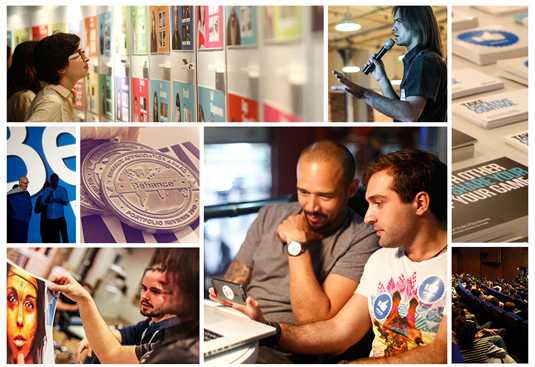
Everyone dreams of meeting their heroes. But if your heroes are, say, the Dalai Lama, Will Smith or Taylor Swift, that might be a little difficult to arrange. If your heroes work in design, though, it suddenly becomes a whole lot easier.
Many of the leading lights in the fields of illustration, graphic design, web design, 3D and animation regularly appear in public at industry-specific conferences, such as our own Generate, and are often quite open to standing around and chatting afterwards. Some events even organise ‘meet and greets’, so you can officially book time with your heroes.
Portfolio reviews such as our own upcoming one, pitching events, and design competitions are other potential routes to making contact with your idols. So why are you sitting on your hands? If you need an extra jolt of inspiration, then read this blog post by Simon Wild about how he set about meeting his heroes, the graphic design partnership of Miraphora Mina and Eduardo Lima, and what he got out of it.
02. Read (or re-read) the classics
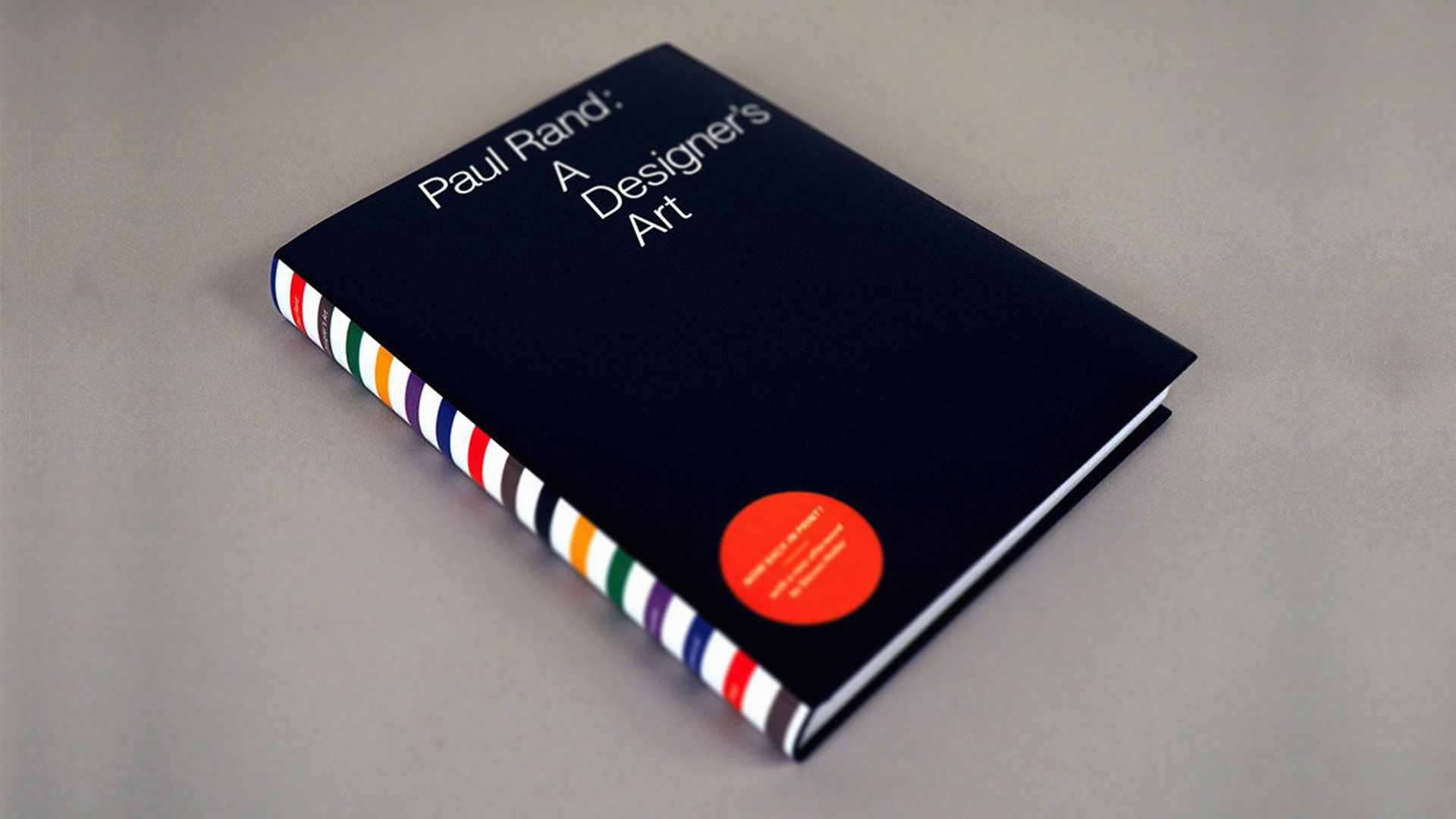
Ever feel that you didn’t follow absolutely everything they tried to teach you at design college? That there are some fundamentals of art and design theory, from the golden ratio to grid theory, that you’ve never properly grasped? That you’ve been kind of muddling through ever since, and that maybe you’d create better design work if there weren't so many gaps in your knowledge?
Get the Creative Bloq Newsletter
Daily design news, reviews, how-tos and more, as picked by the editors.
Don’t beat yourself up. ‘Fake it till you make it’ is not a minority pursuit, but the industry norm, and few people are truly expert in all areas of design theory.
That said, once you have some practical experience under your belt, you'll probably find that if you revisit those books you struggled with at college, they suddenly make a lot more sense and can genuinely help you improve your craft. And that can be a massive boost to your self-esteem. Get started by checking out our list of 30 books every graphic designer should read.
03. Start (and finish) a passion project

There’s nothing wrong with working for others, whether they be an employer or freelance client. But following a brief is only ever going to nourish one part of your creative soul. If you truly want to stretch your design muscles, your best bet is always going to be to start your own passion project, aka personal project or side project.
The beauty of a passion project is that you only have yourself to please, so at one level at least, it can’t possibly fail. As Yoda says in Star Wars: 'Do or do not, there is no try'. In other words, it’s not about the result, it’s about the process, and what it teaches you about yourself and your own creativity.
Learn more about passion projects in our articles How to start a side project and Why you really do have time for creative side projects and Tips for better side projects.
04. Use your design skills for a good cause
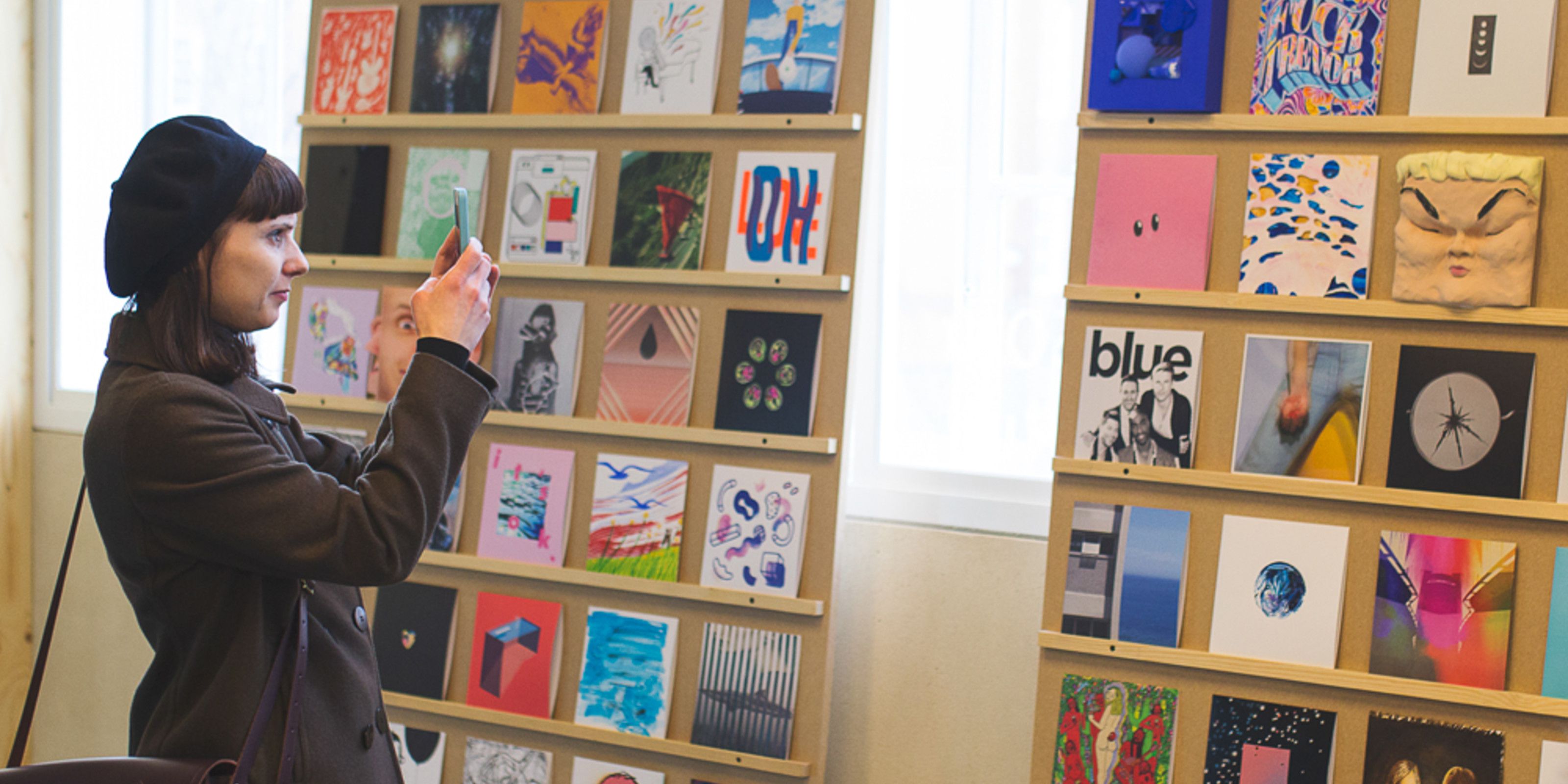
You’ve spent years using your design skills to make profits for your employers. But the work you’re more likely to think of on your death bed will be the pro-bono work you did for the good of society.
Yes, it’s nice to give money to charities and non-profits. But giving something of yourself can be both more valuable to the cause, and more personally fulfilling to yourself. In the process, it will probably also stretch you creatively; we tend to see things in a different perspective when not working for money. And it may even end up helping your career (you might be surprised how many influential people you can meet working for charities).
For advice, check out our articles The designer's guide to working for nonprofits and The secrets of a creative approach to charity.
05. Take a sabbatical

No one ever lay on their death bed and thought: 'I regret not spending more time at the office'. So why not push the boat out, and take a proper amount of time off, to go travelling, write a book, learn a language, or whatever other dreams you’ve got buried deep in your subconscious?
Many companies nowadays offer three-month unpaid sabbaticals. And even if yours doesn’t, there’s no harm suggesting the idea to your boss. A happy employee is a productive employee, after all, and taking some time out is only going to give you fresh perspective and make you a better designer.
And if they turn you down? Well, you can always go freelance, and then your schedule is your own. Yes, we know, everyone needs money. But ask yourself how much money you really need to live on, and whether other things in life are more important.
The answer may ultimately be no (or not right now, at least). But if you’re not honest with yourself about your hopes and dreams, however are you going to fulfil them? If you need convincing further, watch this talk by Stefan Sagmeister, who explains why his studio takes a full year off, every seven years.
06. Fail at something

This might sound like an odd thing to include on a designer’s bucket list. But if you never truly fail at anything, you'll never learn anything. And in the words of Marcus Tullius Cicero: “Life without learning is death".
So take risks. Break the rules. Do something outlandish. If it ends up being a disaster, you'll have learned a valuable lesson or two. But it could end up being something amazing and life-changing.
You don't know if you try. Otherwise, how can you ever call yourself a "creative"? For more on this topic, read this excellent Medium post by Amalie Barras, How to Fail at Design.
07. Crowdsource an idea
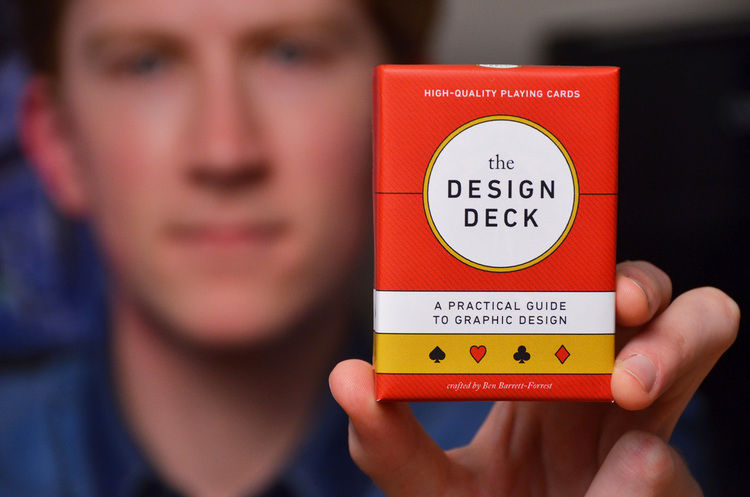
Always loved the idea of launching a product and starting your own business, but are too financially risk-averse to risk it? Then why not ask other people to raise the money for you? Just a few decades ago, that would have been a crazy notion, but nowadays it's commonplace for creatives to use crowdsourcing platforms like Kickstarter to pursue their dreams at other peoples' expense, from Ben Barrett-Forrest's typography playing cards to Iris Compiet's illustrated book of fairies.
That said, it's not a case of just asking for the money and running. Be aware that running a crowdfunding campaign can be an intense, full-time challenge. Because unless you've already got a million social media followers, you'll have to put a lot of work into publicising your campaign and persuading people to actually part with their money.
Imagine the sense of achievement and fulfilment, though, once you've achieved your goal and funded your dream purely by making people believe in your creative vision. You'll find detailed advice on how to do it in our posts How to launch a successful Kickstarter and How to crowdfund your next design project.
08. Learn some code

If you're a creative who's not actually a web designer, you'll probably spend your entire career never needing to learn how to code. But that doesn't mean you shouldn't take a crack at it.
Learning some basic HTML and CSS, having a play, and creating your own basic website can be incredibly liberating. It will give you a greater understanding of how the digital world works, more confidence to talk to developers, and is likely spark new creative ideas in multiple directions.
It's kind of like learning a language. Even if you learn just a hundreds words of, say, Spanish, it can make travelling to Spanish-speaking countries a much richer and more rewarding experience. And in the same way, writing just a few lines of code can take you creative places you'd never dreamed of. For pointers on how to get started, read our post Why designers need to learn to code.
09. Teach design

You've spent much of your lifetime honing and crafting your design skills. And passing on that knowledge and understanding to others can be an incredibly fulfilling activity.
That might be in the form of a formal teaching role; as a mentor to a younger designer; through a volunteer programme like Code Club; by running your own online design courses via a platform such as Skillshare, Udemy or CreativeLive, or by speaking at design events.
But however you share your skills, it will give you a whole new perspective on what you know, not to mention a sense of pride and achievement at doing something good for others. And when someone you've taught gives you great feedback, that can be the best feeling of all. In fact, on that topic...
10. Thank your mentors
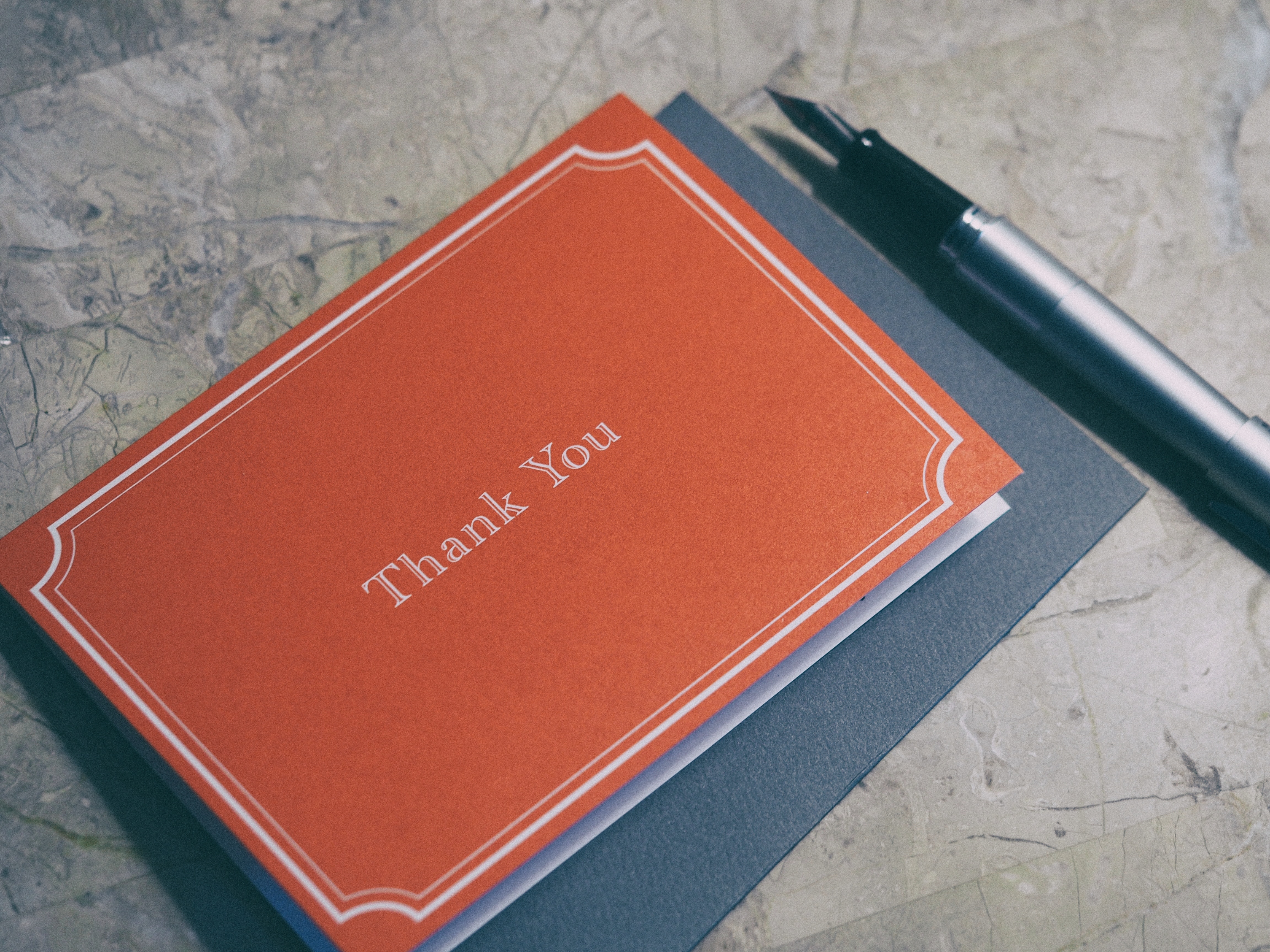
We're all familiar with the axiom 'It is better to give that receive'. But while we relish positive feedback from others, we're not always so good at giving it back.
If you've found success and fulfilment in your career as a designer, take a step back and think about the people who've helped make that possible. That teacher who really cut through. The manager who became a true mentor. The person who selflessly made the introduction that helped you get your big break.
Have you ever thought of sitting down, writing them a thank-you email and updating them on where you are now in your career? Doing so is not only the right and proper thing to do, it will likely give you an enormous sense of well-being and satisfaction into the bargain.
11. Find your dream, and then follow it

List features like this one can sometime provide pointers. But if you really want to know what to do before you die, there's no getting around it: you need to gaze deep into your soul.
Everyone has heartfelt desires that they desperately wish to fulfil. But life often gets in the way and we end up repressing them, sometimes even forgetting them, in the struggle to 'just get by'.
So our honest advice is to take some time off, switch off your smartphone, and allow your brain to reset. Only then are can you really know what you want to achieve, and what will make you happy.
Once you do, you'll find that pursuing your dream is pretty straightforward: a case of overcoming some well-worn obstacles. Take inspiration from these creatives, in our post 8 challenges to overcome to achieve your creative dreams.
Read more:

Thank you for reading 5 articles this month* Join now for unlimited access
Enjoy your first month for just £1 / $1 / €1
*Read 5 free articles per month without a subscription

Join now for unlimited access
Try first month for just £1 / $1 / €1

Tom May is an award-winning journalist and editor specialising in design, photography and technology. Author of the Amazon #1 bestseller Great TED Talks: Creativity, published by Pavilion Books, Tom was previously editor of Professional Photography magazine, associate editor at Creative Bloq, and deputy editor at net magazine. Today, he is a regular contributor to Creative Bloq and its sister sites Digital Camera World, T3.com and Tech Radar. He also writes for Creative Boom and works on content marketing projects.
